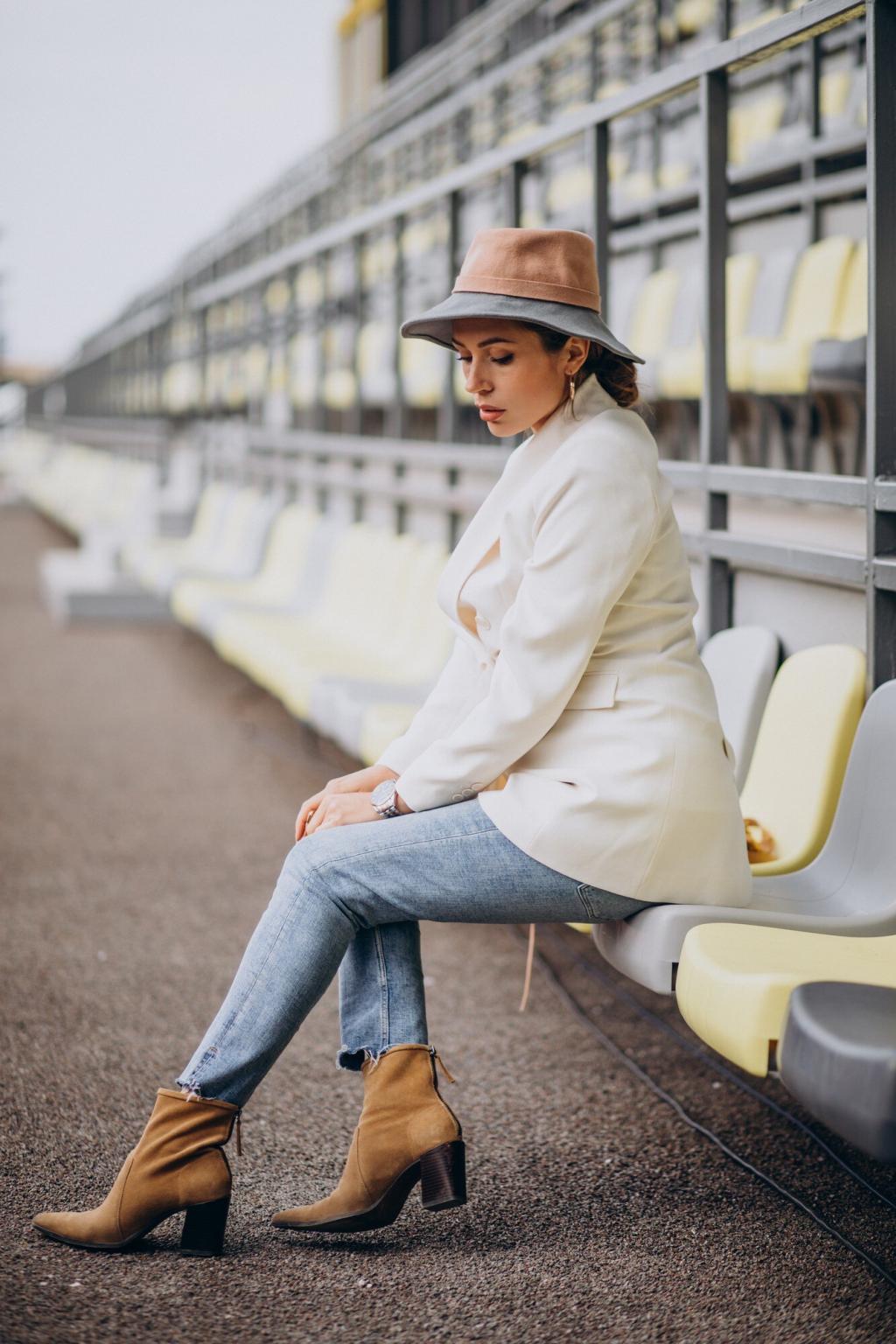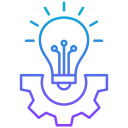Advanced Sleep Tracking Gadgets: Smarter Nights, Better Days
Today’s theme: Advanced Sleep Tracking Gadgets. Explore how cutting-edge sensors, thoughtful design, and meaningful insights can transform your nights and your mornings—and join our community by sharing your experiences, questions, and favorite tools.

The Science Inside Advanced Sleep Tracking Gadgets
Modern devices blend accelerometers, gyroscopes, optical heart sensors, temperature probes, and sometimes microphones to infer stages and disturbances. Rings, watches, and mats each capture unique signals, and combining them reduces blind spots and increases confidence.
Raw data means little without robust modeling. Machine learning refines sleep staging, detects micro‑arousals, and estimates respiration from heart signals. Transparent updates, validation studies, and clear error bars help you trust what the charts say.
No wearable replaces a full polysomnography, especially for diagnosing complex disorders. Yet, for trends—sleep onset, efficiency, HRV, temperature shifts—gadgets shine. Know where they excel, where they struggle, and when to consult a professional.

Getting Reliable Data: Setup and Calibration
Fit, Placement, and Nightly Routine
Wear rings snugly but comfortable, position watch sensors cleanly on skin, and ensure mats or radar units sit stable. Keep bedtime consistent for a week to help baselines settle, then layer experiments slowly for clarity.
Two Calibration Nights That Matter Most
Expect odd readings the first nights as algorithms calibrate motion and cardiovascular signals. Resist tinkering daily. Instead, journal wake times and caffeine, then compare against trends after several nights to surface meaningful patterns.
Interpreting Your First Two Weeks
Look for direction, not perfection. Are your sleep onset and efficiency stabilizing? Is HRV trending up as stress falls? Share your early graphs in the comments, and ask the community for practical, compassionate feedback.
Turning Numbers Into Better Sleep
Test one variable at a time: dim lights earlier, reduce late screens, or try a 10‑minute stretch. Compare sleep onset latency and restlessness week over week, and celebrate small, consistent improvements rather than chasing perfect scores.

Turning Numbers Into Better Sleep
A dip in HRV or a slight temperature rise can flag overtraining or brewing illness. Adjust workouts, hydration, or bedtime accordingly. Tell us how you pivoted after a warning signal and what recovery tactics worked best.



Review export options, retention policies, and anonymization promises. Prefer platforms offering local backups and granular consent. Ask vendors tough questions, and tell our readers which transparency practices earned your trust—or broke it.
Privacy, Ownership, and Responsible Sharing
Bring trends, not single nights: persistent low oxygen estimates, loud snore markers, or extreme daytime sleepiness. Share raw exports if available. Invite your doctor into a collaborative conversation, not a diagnosis by gadget alone.
Privacy, Ownership, and Responsible Sharing

